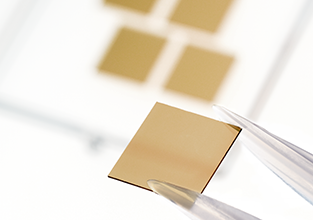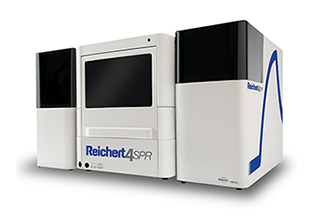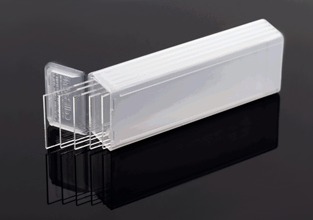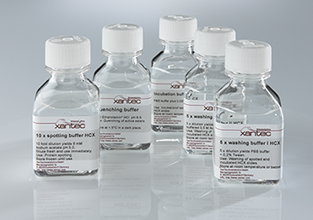NiHC: High affinity poly-Ni-NTA sensor chips for fragment based drug discovery
Fragment-based drug discovery (FBDD) has become a preferred alternative to high-throughput screening (HTS) to improve the discovery of small-molecule drug candidates. Screening of low-molecular-weight fragments can identify hit compounds with better efficiency and physiological profiles than HTS2.
SPR biosensor technology is one of the primary biophysical methods to screen fragment libraries3 as newer instruments achieve sufficiently high signal-to-noise ratios to generate reliable data despite the low molecular weight and low affinity of many analytes.
In previous approaches to establish FBDD assays using SPR, the ligand was covalently immobilized on the sensor surface with high immobilization levels to ensure that the protein bound stably to the sensor chip surface. Alternatively, biotinylated proteins were immobilized on streptavidin coated sensor surfaces with the inherent drawback that the analyte could non-specifically interact with the streptavidin. Both immobilization methods lack the possibility to remove the bound ligand from the sensor surface which is critical, for example, when working with GPCRs or other sensitive proteins which often denature over long screening campaigns.
Read more.



